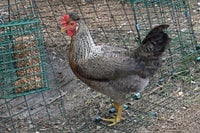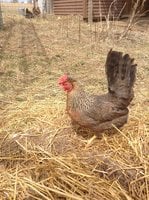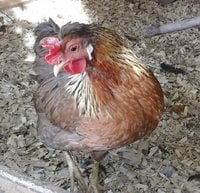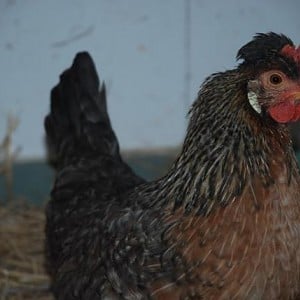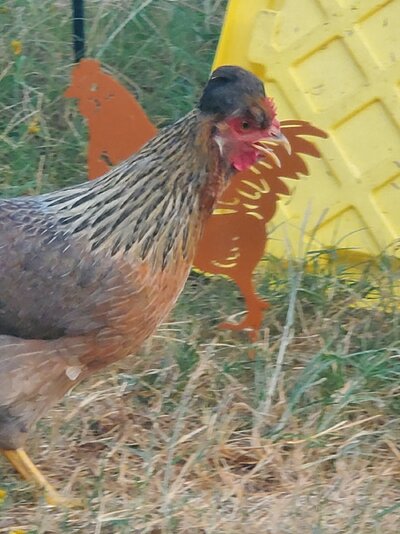General Information
- Breed Purpose
- Dual Purpose
- Comb
- Single
- Broodiness
- Seldom
- Egg Productivity
- Medium
- Egg Size
- Medium
- Egg Color
- blue
- Breed Temperament
- moderate
- Breed Size
- Large Fowl
The Legbar breed was the second autosexing chicken breed created in the early twentieth century by Reginald Crundall Punnett and Michael Pease at the Genetical Institute ofCambridge University (the other being the Cambar, which was created in 1929). The Legbar was created by crossing Barred Plymouth Rocks, Leghorns, Cambars, and in the case of the Cream Legbar, Araucanas. The Araucana blood in the Cream Legbar is reflected in its crest and blue to blue-green eggs.
The aim of the breeding project was to create an autosexing utility breed with the focus on egg laying, where male and female day old chicks could easily be sexed by their down colour. To achieve this Punnet and Pease used a crossing programme with excellent egg layers, the Leghorn and the Barred Plymouth Rock. The Barred Plymouth Rock was used to introduce the sex-linked barring gene ('barring' (B)) into the Leghorn. By crossing Brown Leghorn and Barred Plymouth Rock the Gold Legbar was created and standardised in 1945. The Silver Legbar followed in 1951. It had been created by crossing the Gold Legbar, White Leghorn and Silver Cambar. The Cream Legbar were standardised in 1958 but nearly died out in the 1970's as blue eggs were not in demand any more. They were created by crossing Gold Legbar with White Leghorn and creme-coloured Araucanas. The Araucanas introduced the dilute creme gene ('inhibitor of gold' (ig)), as well as the crest and the blue eggs into this variety.
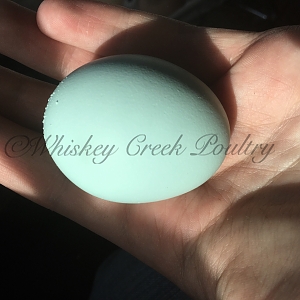
Legbar egg

Legbar chicks
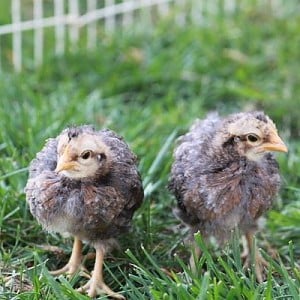
Legbar juveniles
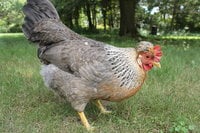
Legbar hen
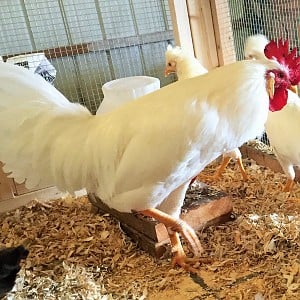
Legbar rooster
For more information on this breed and their owners' and breeders' experiences with them, see our breed discussion here: https://www.backyardchickens.com/t/1163832/chicken-breed-focus-legbar/0_30

